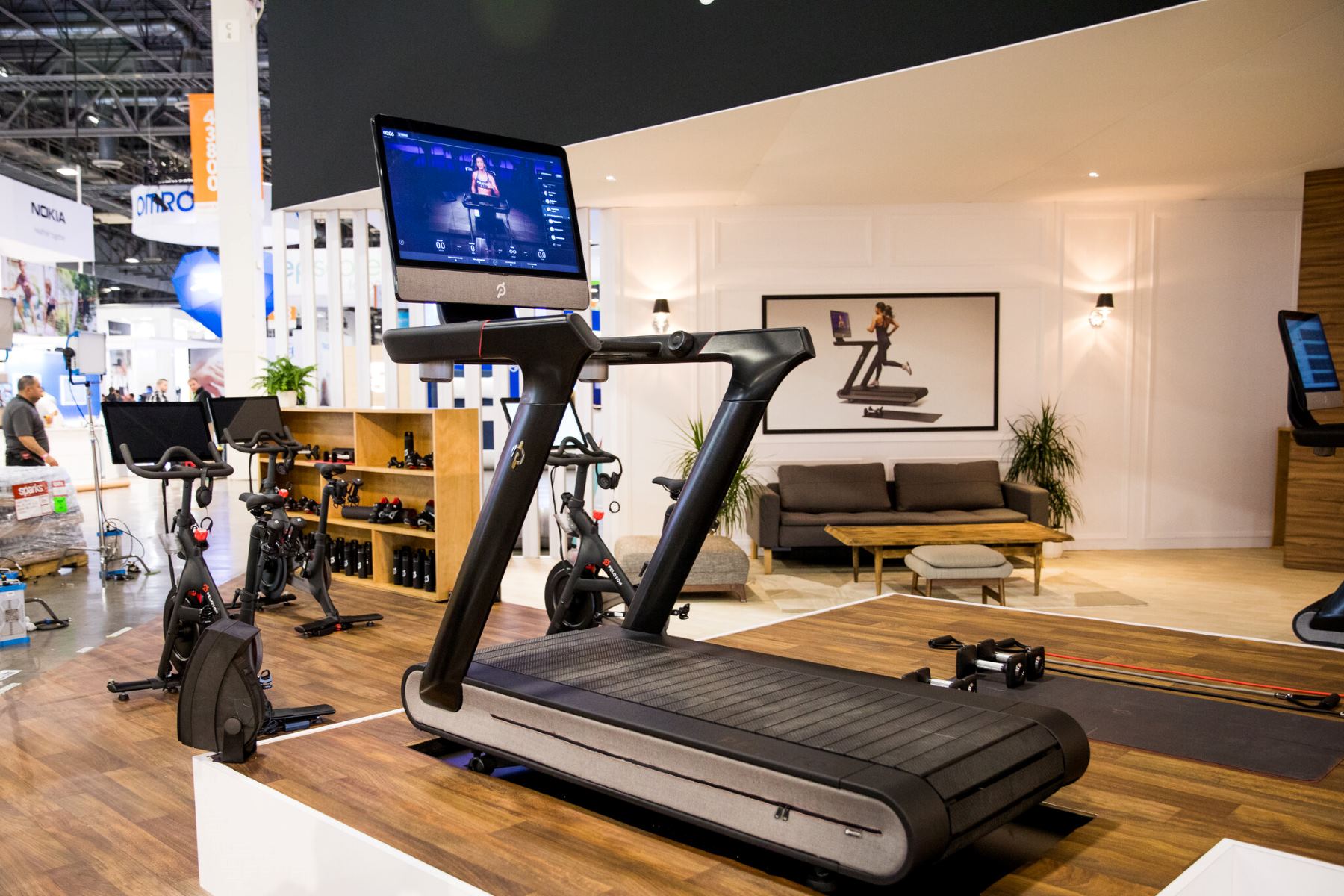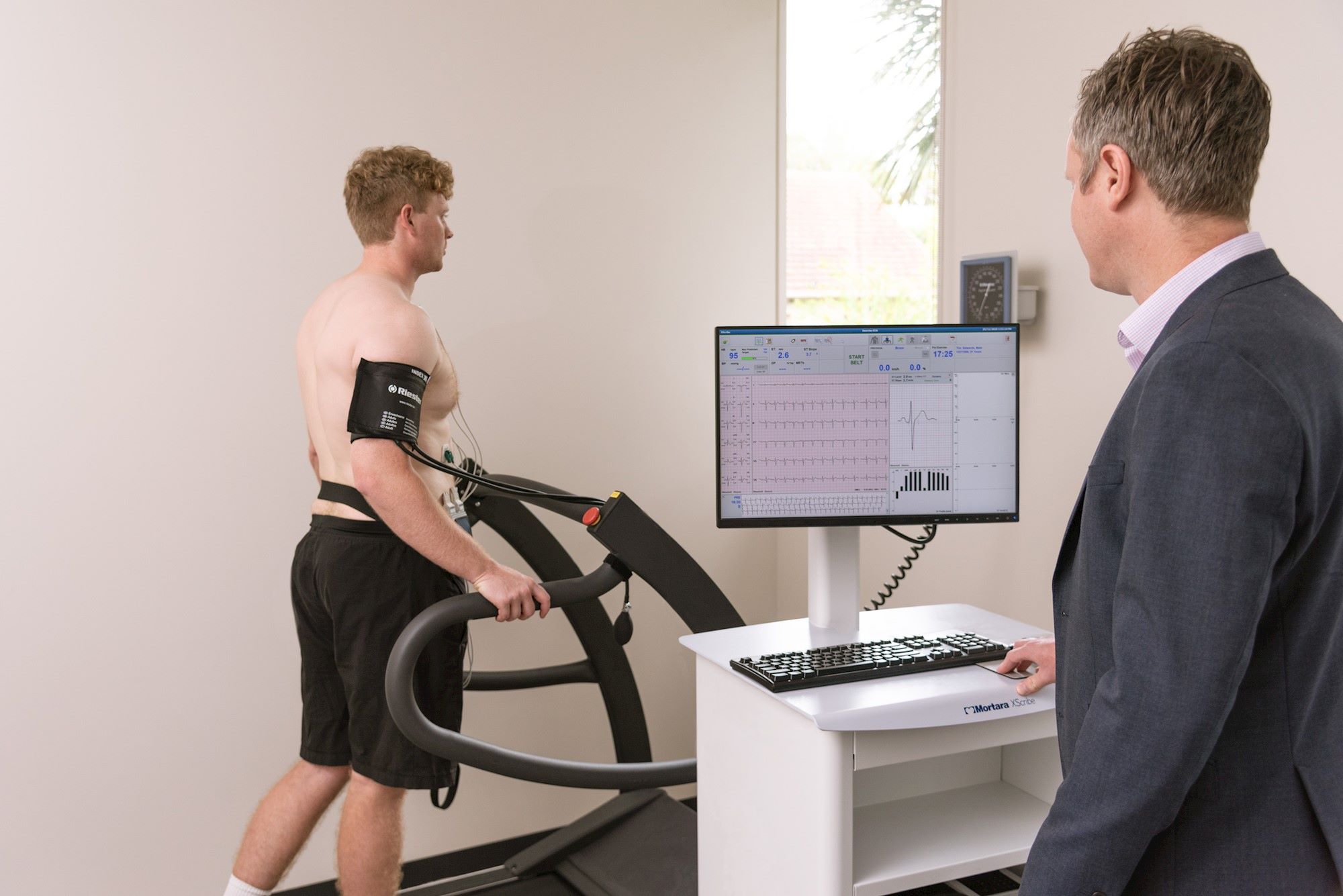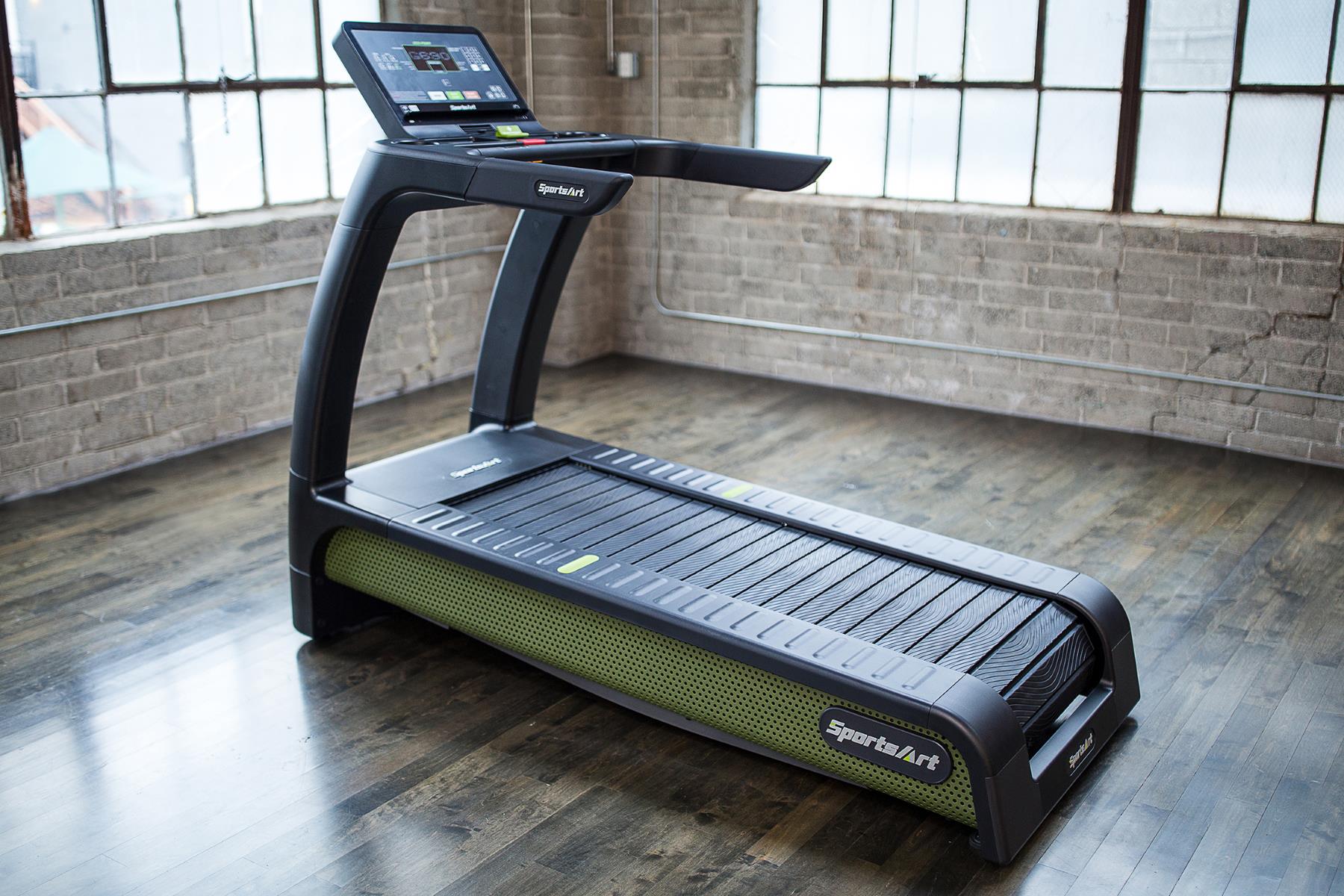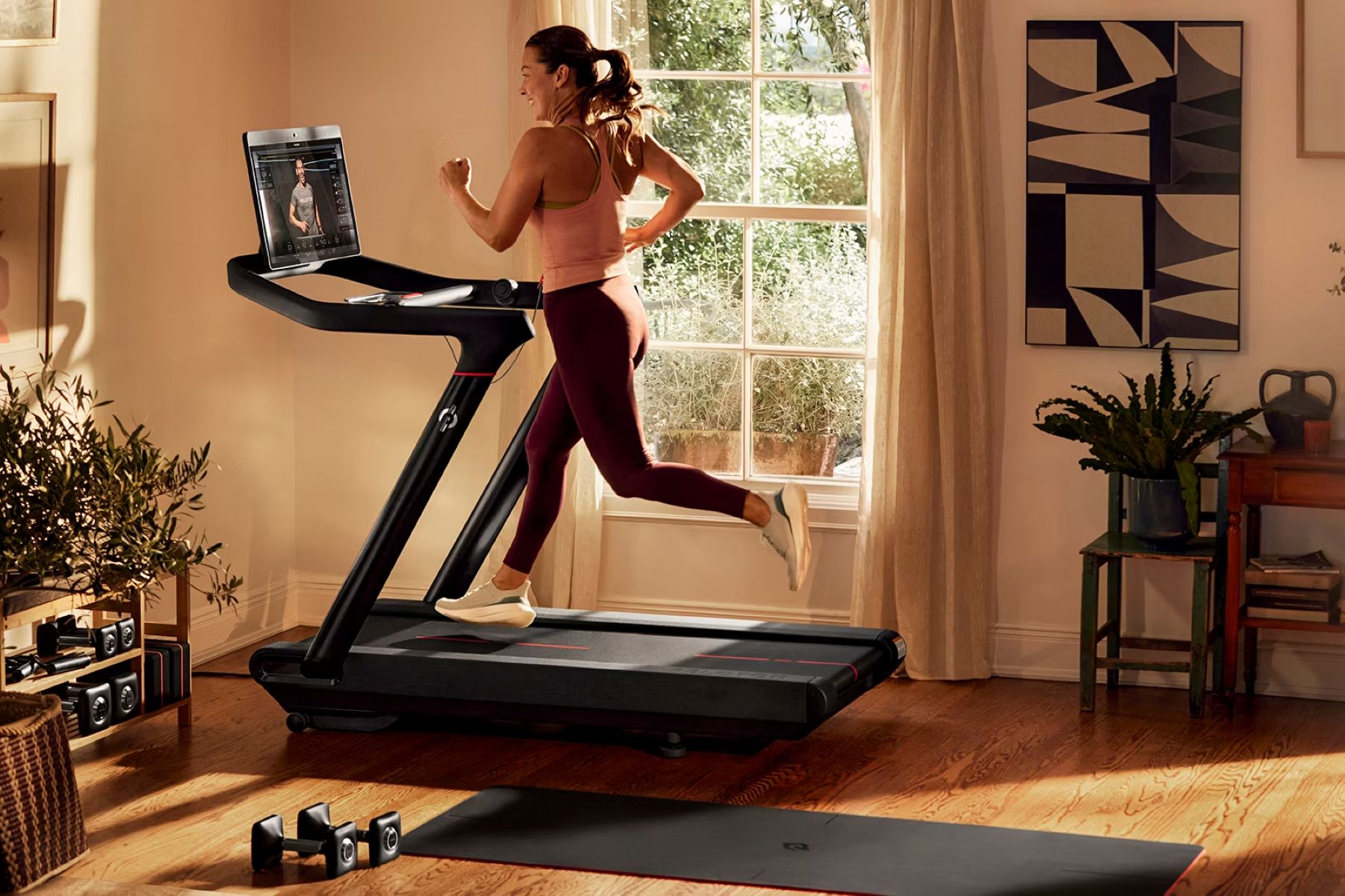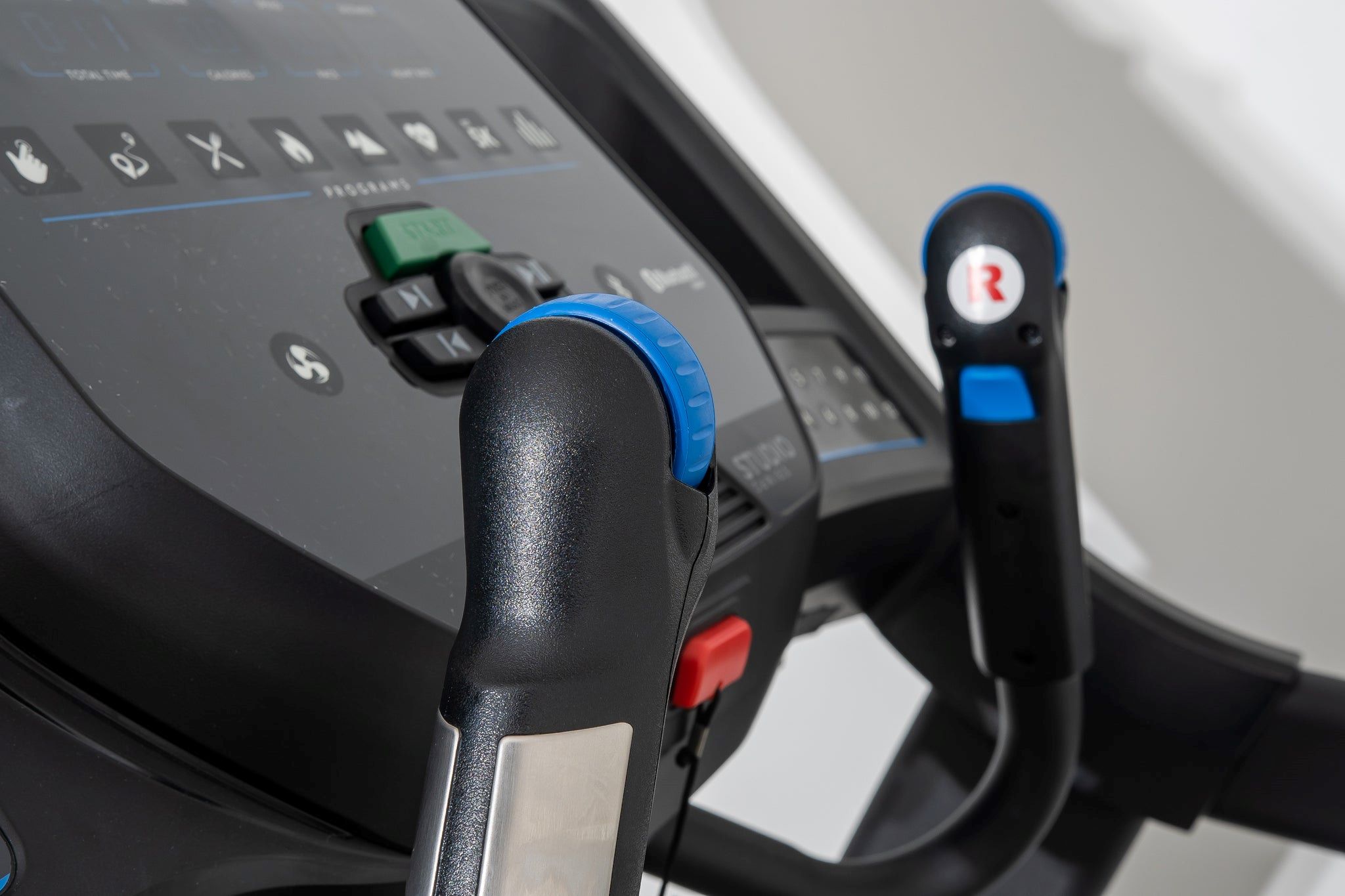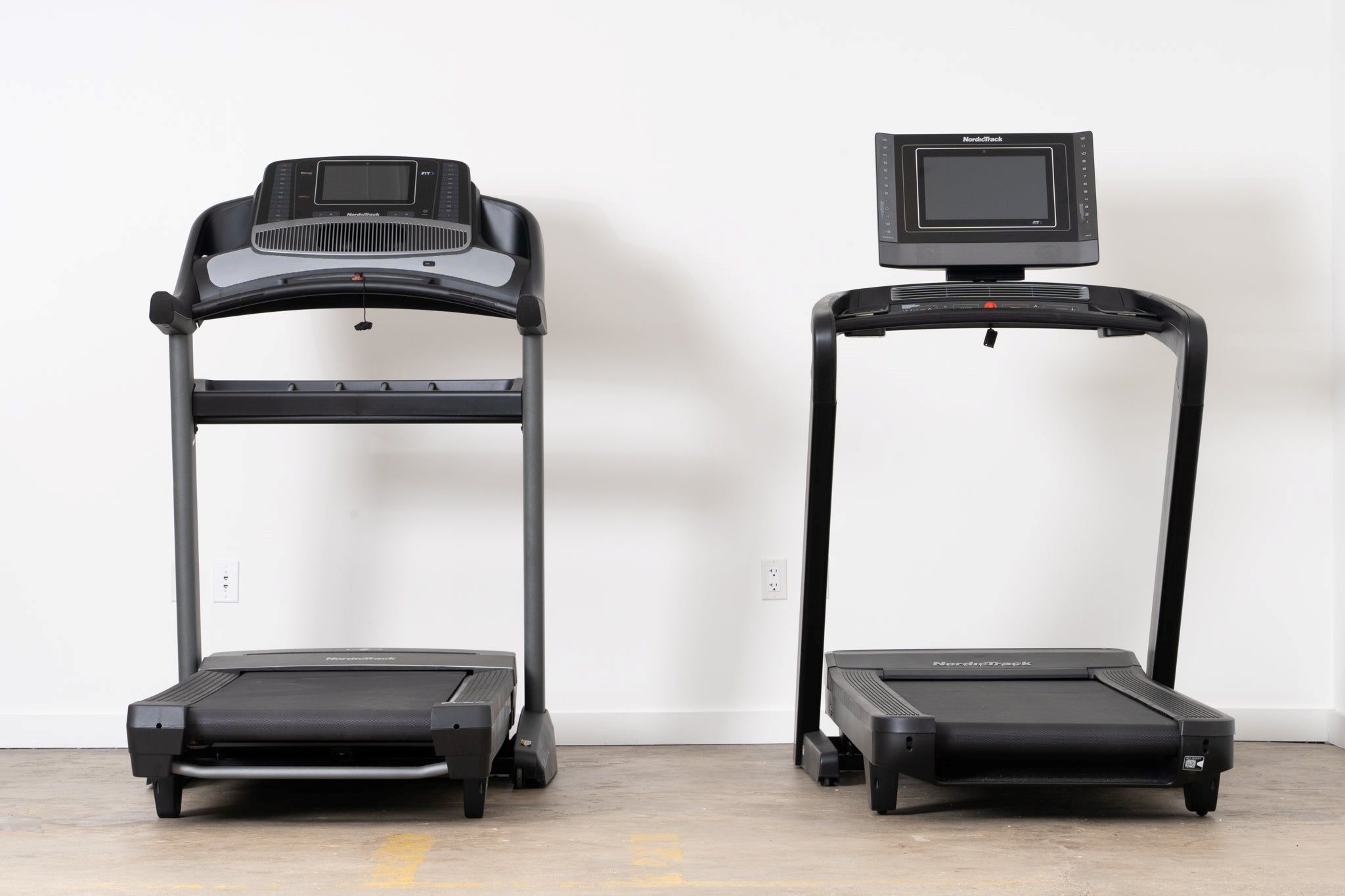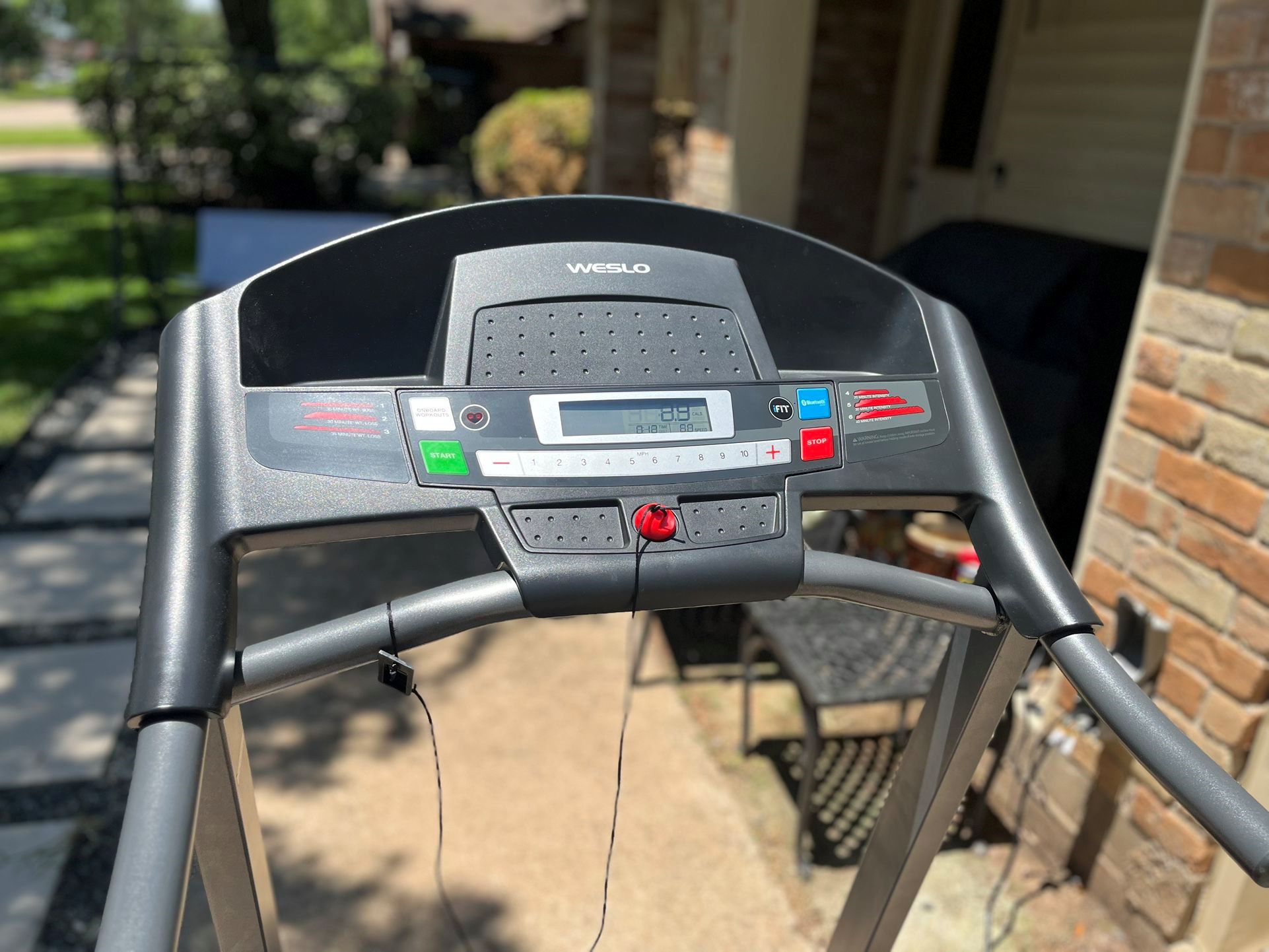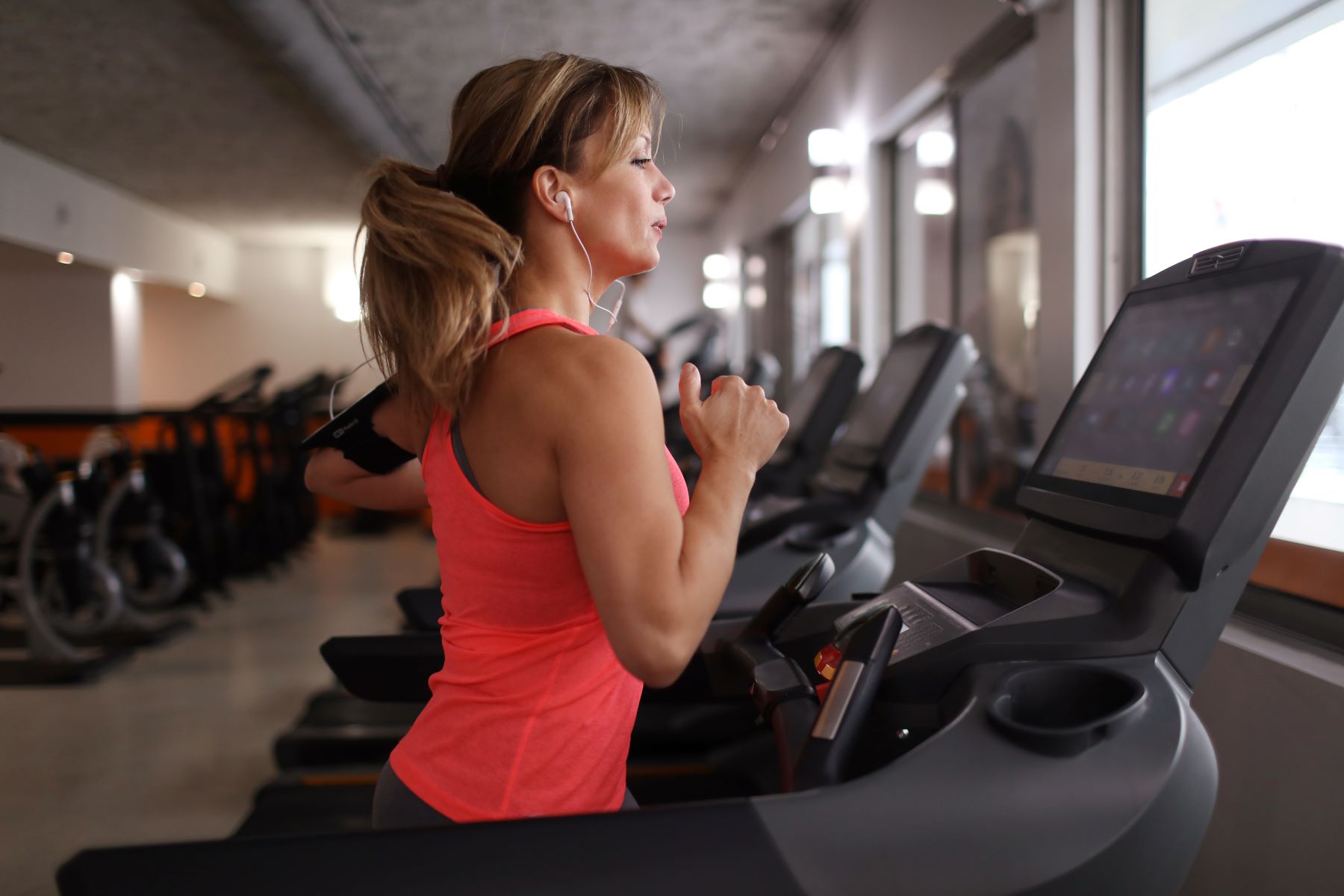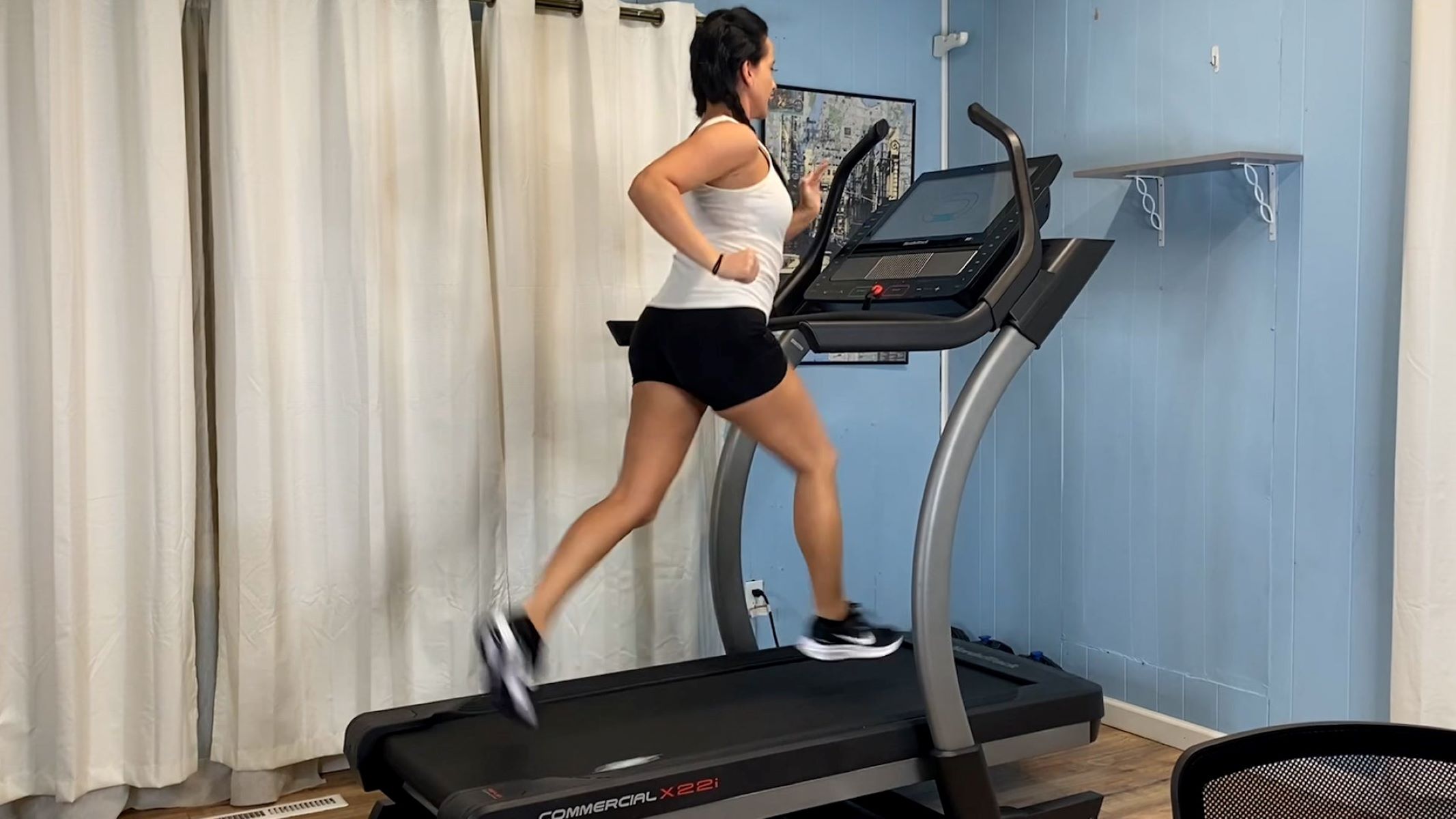

Featured
How Long Is A Standard Treadmill
Modified: August 19, 2023
Discover the ideal length of a standard treadmill and find out why our featured treadmills are the perfect fit for your exercise needs.
Introduction
When it comes to purchasing a treadmill, there are several factors to consider to ensure that you’re getting the right equipment for your fitness needs. One of the key considerations is the length of the treadmill. The length of a standard treadmill can vary depending on the model and brand, and it plays a crucial role in providing a comfortable and effective workout experience.
Understanding the length of a treadmill is essential because it directly impacts your stride length and overall comfort while running or walking. Inadequate treadmill length can lead to restricted movement and discomfort during workouts, while excessive length may take up unnecessary space and hinder proper usage.
In this article, we will delve into the details of treadmill length, explore the factors that affect the length of a standard treadmill, discuss the most common standard treadmill lengths available on the market, and provide helpful tips to choose the right treadmill length for your specific needs.
Whether you are a professional athlete, a casual runner, or just starting your fitness journey, understanding the importance of treadmill length will help you make an informed decision when it comes to selecting the perfect treadmill for your workouts. So, let’s get started and explore the world of treadmill lengths!
Understanding Treadmill Length
When it comes to treadmills, understanding the length of the equipment is crucial to ensure a comfortable and effective workout. The length of a treadmill refers to the distance between the front and back of the running surface.
Treadmills are designed with different lengths to accommodate different users and types of workouts. Generally, the longer the treadmill, the more space you have to run or walk comfortably. It is important to note that treadmill length is not the same as the total length of the machine.
One of the key factors to consider when understanding treadmill length is stride length. Stride length refers to the distance between the position of your feet when walking or running. Having a sufficient stride length is essential to avoid feeling cramped or restricted during your workouts.
Another aspect to consider is the overall dimensions of the room or space where you plan to place the treadmill. You need to ensure that there is enough room for the length of the treadmill, as well as additional space for safe and easy access to the machine.
Adequate treadmill length is especially important for taller individuals or those with a longer stride. If you are taller than average or have a longer stride length, it is recommended to choose a treadmill with a longer running surface to ensure comfortable and natural movements.
On the other hand, if you primarily plan to use the treadmill for walking or jogging, a shorter treadmill length may be sufficient. Shorter treadmills are often more compact and can be a great space-saving option for those with limited room.
Understanding the relationship between your height, stride length, and treadmill length is key to finding the right equipment that caters to your specific needs and preferences. In the next section, we will explore the factors that affect treadmill length in more detail.
Factors Affecting Treadmill Length
Several factors come into play when determining the length of a standard treadmill. These factors vary from user preferences and intended usage to design considerations. Let’s take a closer look at the key factors affecting treadmill length:
- User Height: One of the primary factors influencing treadmill length is the height of the user. Taller individuals generally require a longer treadmill to accommodate their stride length and provide a comfortable workout experience.
- Stride Length: Stride length refers to the distance between the position of your feet when walking or running. Individuals with longer strides may prefer a treadmill with a longer running surface to prevent feeling cramped or restricted.
- Running Style: The way you run or walk can also impact the ideal treadmill length for you. Some individuals have a more pronounced forward lean or a wider stance, which may require a longer treadmill to accommodate their movement.
- Intended Usage: The intended usage of the treadmill is another crucial factor. If you primarily plan to use the treadmill for walking or jogging, a shorter length may be sufficient. However, if you are training for long-distance running or are an avid runner, a longer treadmill can provide a more comfortable and natural running experience.
- Room Size: The size of the room or space where you plan to place the treadmill should also be considered. Ensure that there is enough room for the length of the treadmill, as well as sufficient space for safe access and movement around the machine.
- Design and Brand: Different treadmill brands and models have varying design considerations, which can impact the overall length of the machine. Some brands prioritize compactness, while others offer longer running surfaces.
It is important to note that while these factors play a significant role in determining treadmill length, personal preferences and comfort should ultimately guide your decision. Understanding these factors will empower you to select a treadmill length that best suits your unique needs and fitness goals.
Common Standard Treadmill Lengths
Standard treadmill lengths can vary depending on the brand, model, and intended usage. While there is no universally fixed standard length for treadmills, there are common lengths that are widely available in the market. Here are some common standard treadmill lengths:
- 55 inches: Treadmills with a length of 55 inches are often considered compact or space-saving options. They are suitable for individuals with shorter strides or those primarily using the treadmill for walking or light jogging.
- 60 inches: Treadmills with a length of 60 inches are the most common standard size available. They provide a comfortable running surface for the majority of users, accommodating a range of stride lengths.
- 65 inches: Treadmills with a length of 65 inches are considered longer than the average standard length. They are ideal for taller individuals or those with a longer stride length, allowing for natural and unrestricted movements during workouts.
- 70 inches and above: Treadmills with a length of 70 inches or more are generally classified as commercial-grade treadmills or those designed for professional athletes. These longer treadmill options provide ample space and luxury for users with extensive running or training needs.
It is worth noting that these are general ranges, and the specific lengths offered by different treadmill manufacturers may vary. When choosing a standard treadmill length, consider your height, stride length, and intended usage to ensure a comfortable and enjoyable workout experience.
Additionally, it’s recommended to physically try out different treadmill models to get a feel for the available space and determine the right length for your needs. Keep in mind that the treadmill length should allow for a natural and comfortable stride, without feeling cramped or restricted.
Now that we have explored common standard treadmill lengths, let’s move on to the next section, where we will discuss tips to help you choose the right treadmill length for your specific requirements.
Choosing the Right Treadmill Length
Choosing the right treadmill length is crucial to ensure a comfortable and effective workout experience. Here are some helpful tips to guide you in selecting the right treadmill length for your specific needs:
- Consider your height: Take your height into account when choosing a treadmill length. If you are taller than average, opt for a longer treadmill to accommodate your stride length and prevent feeling cramped or restricted during workouts.
- Assess your stride length: Measure your stride length to determine the ideal treadmill length for you. This measurement can be done by taking the distance between the positions of your feet as you walk or run. Choose a treadmill length that allows for a comfortable and natural stride.
- Factor in your running style: Consider your running or walking style when selecting a treadmill length. If you have a wider stance or a more pronounced forward lean, you may need a longer treadmill to accommodate your movement.
- Think about intended usage: Assess your intended usage of the treadmill. If you primarily plan to use it for walking or light jogging, a shorter treadmill length may be sufficient. However, if you are an avid runner or training for long-distance running, a longer treadmill can provide the necessary space for a comfortable and natural running motion.
- Measure your available space: Take measurements of the room or space where you plan to place the treadmill. Make sure there is enough room for the treadmill length, as well as sufficient space for safe and easy access to the machine.
- Try before you buy: Whenever possible, visit a fitness equipment store or gym to physically try out different treadmill models. This allows you to get a feel for the available space and test out the treadmill’s length by walking or running on it.
By considering these tips, you can make an informed decision when choosing the right treadmill length for your specific requirements. Remember that comfort and natural movement are key factors to ensure an enjoyable and effective workout.
Investing time and effort into finding the right treadmill length will contribute to your overall fitness journey and help you achieve your fitness goals with ease. So be sure to take these factors into account and select a treadmill length that suits your height, stride length, running style, and intended usage.
Conclusion
Choosing the right treadmill length is essential for a comfortable and effective workout. By understanding the factors that affect treadmill length, such as user height, stride length, and intended usage, you can make an informed decision when selecting a treadmill that suits your needs.
It’s important to consider your height and stride length to ensure that the treadmill accommodates your natural movements and prevents any discomfort or restrictions. Additionally, evaluating your running style and intended usage will help you determine whether a shorter or longer treadmill length is suitable for you.
Take measurements of the available space in your room or workout area to ensure that the treadmill length fits comfortably without hindering access or movement. Visiting fitness equipment stores or gyms to try out different treadmill models can also be beneficial in finding the perfect length for your needs.
Remember, the right treadmill length will provide you with a comfortable and enjoyable workout experience, allowing you to reach your fitness goals effectively. So, take the time to consider these factors and choose a treadmill length that enables you to make the most of your workouts.
With the right treadmill length, you can stride confidently towards a healthier and fitter future!
